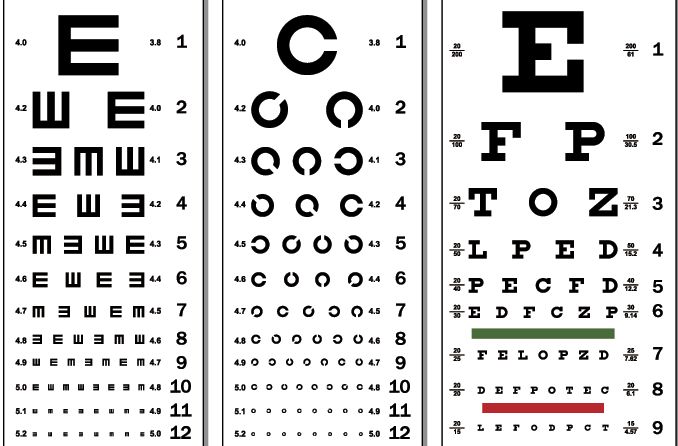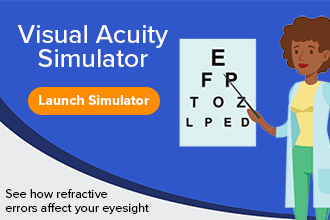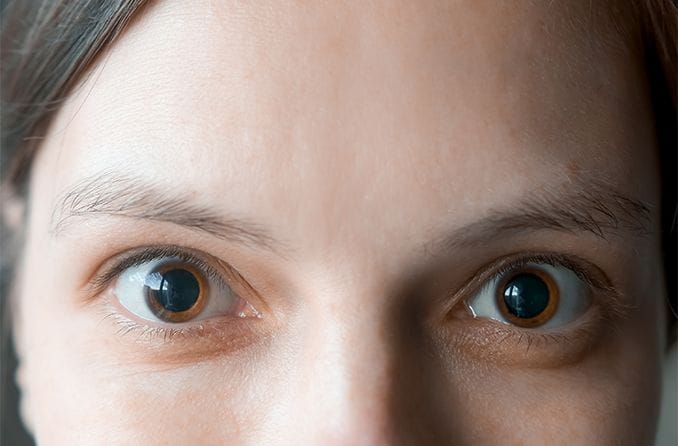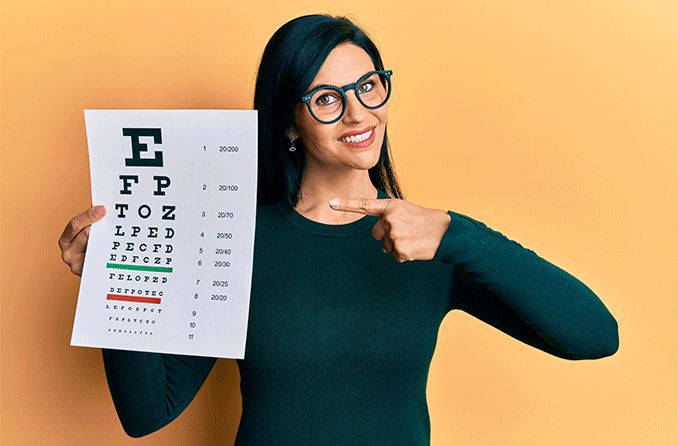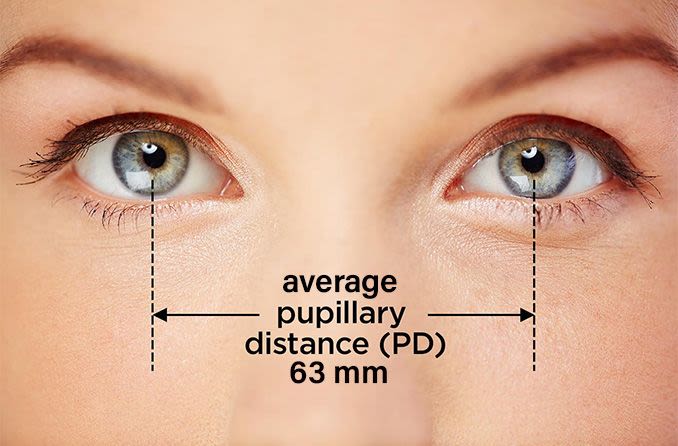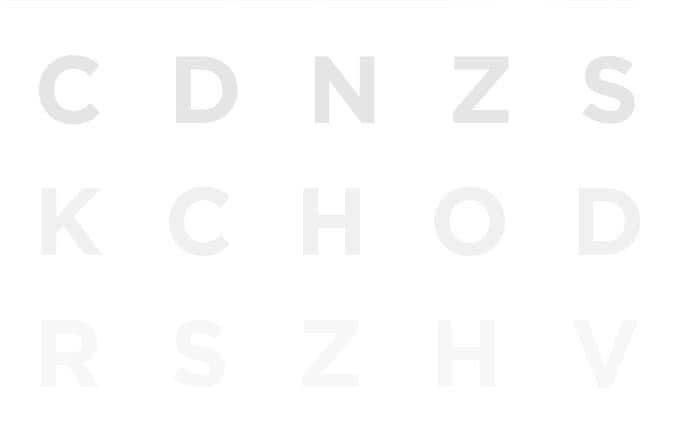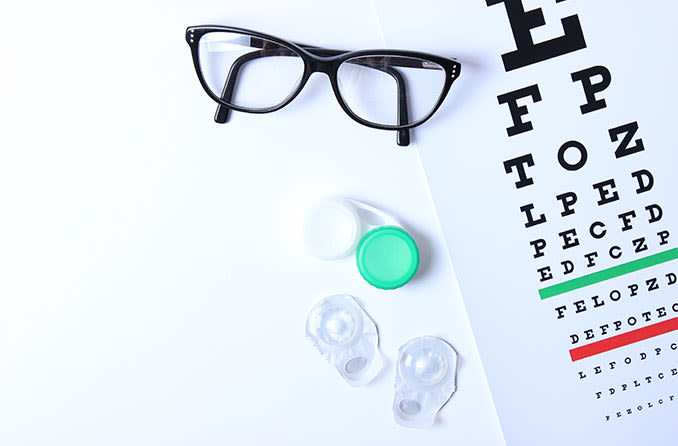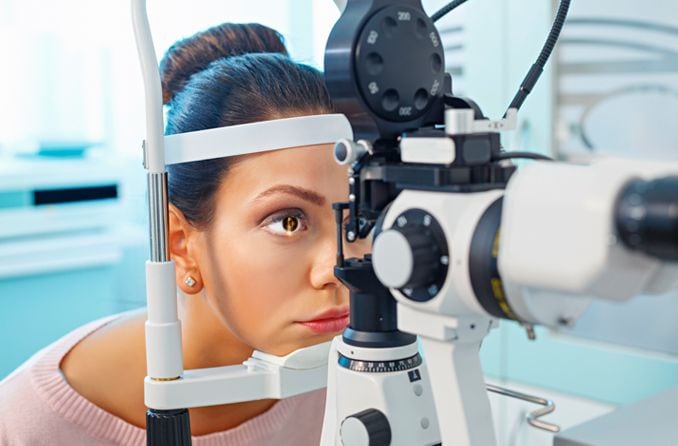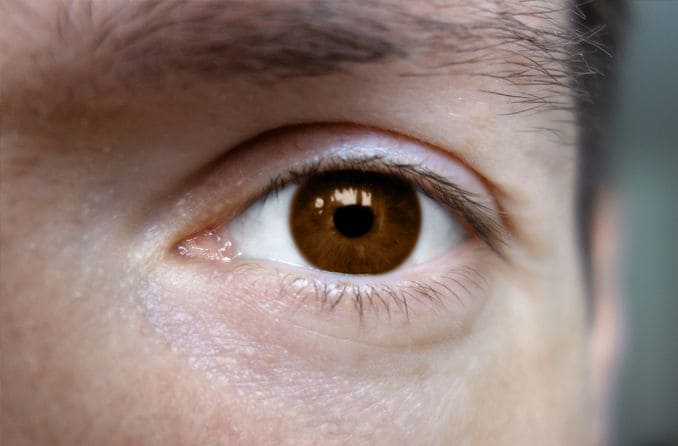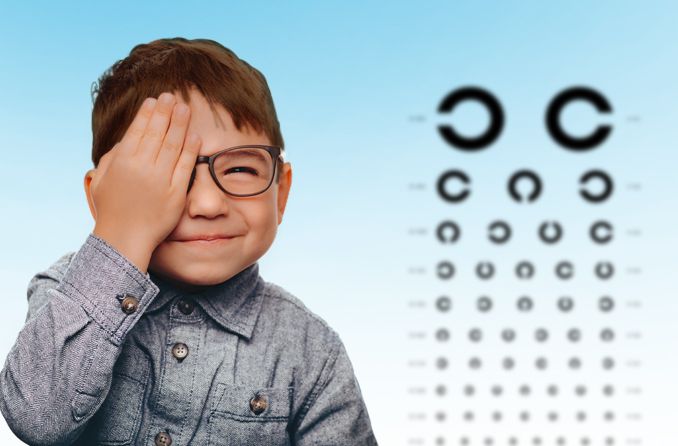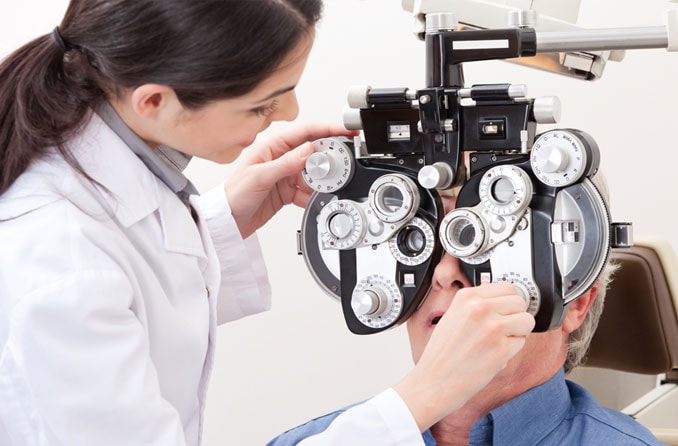What are common distance visual acuity tests?
There are many types of visual acuity tests. These tests are designed for different ages and levels. For example, a small child who cannot speak yet will need a different visual acuity test than a college student.
Distance visual acuity tests are usually done at 20 feet or 6 meters. “Perfect vision” is considered to be 20/20 vision.
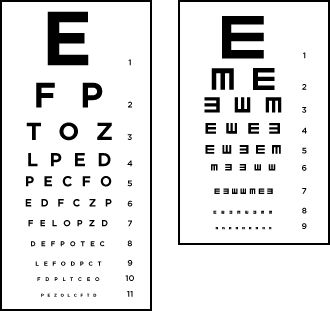
How a Snellen chart and a "tumbling E" chart might look at your eye doctor's office.
The most commonly used tests to measure distance visual acuity are:
- Snellen Chart – A chart with rows of capital letters, with each row decreasing in size. Usually used for older children and adults
- Random E Chart – A chart with rows of a “tumbling” E facing different directions. Each row decreases in size, similar to the Snellen chart. Usually used for young children who can point in the direction that the E is facing.
